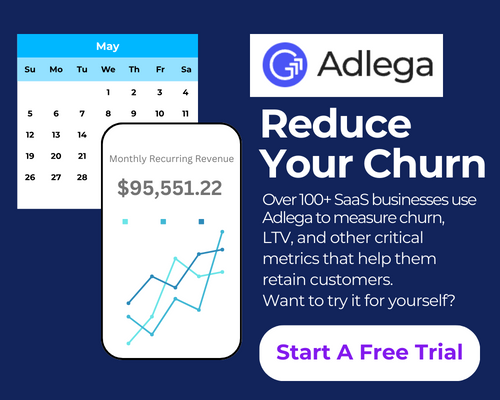
What Is Paid Traffic?
Why Paid Traffic Matters
Understanding and leveraging paid traffic is crucial because it helps you:
- Quickly increase visibility and reach
- Target specific audiences with precision
- Scale your marketing efforts rapidly
- Test and optimize your marketing messages
- Complement your organic traffic strategies
👆 Fun fact: While organic traffic is often seen as “free,” businesses spend an average of 41% of their marketing budget on paid digital channels!
Types of Paid Traffic
- Pay-Per-Click (PPC) Advertising 🖱️: Google Ads, Bing Ads. You pay each time someone clicks on your ad.
- Social Media Advertising 📱: Facebook Ads, Instagram Ads, LinkedIn Ads, Twitter Ads. Allows for highly targeted campaigns based on user demographics and interests.
- Display Advertising 🖼️: Banner ads on various websites, often used for brand awareness and remarketing.
- Sponsored Content 📝: Promoted articles or posts on platforms like Outbrain or Taboola. Native advertising that blends with organic content.
- Influencer Marketing 🌟: Paying influencers to promote your product or service. Effective for reaching niche audiences.
- Affiliate Marketing 🤝: Paying commissions to partners who drive traffic and sales to your site.
How to Use Paid Traffic
To make the most of paid traffic, follow these steps:
- Define Clear Goals: Are you aiming for brand awareness, lead generation, or direct sales?
- Choose the Right Platforms: Where does your target audience hang out online?
- Create Compelling Ad Copy: Your ad is your first impression—make it count!
- Design Effective Landing Pages: Ensure your traffic has somewhere relevant to land.
- Set a Budget: Start small, test, and scale what works.
- Monitor and Optimize: Continuously analyze performance and adjust your strategies.
Pro tip: Use UTM parameters in your ad URLs to track which specific campaigns and ad sets are driving the best results.
Measuring Paid Traffic Success 📊
Key metrics to watch:
- Click-Through Rate (CTR): Percentage of people who click your ad after seeing it
- Cost Per Click (CPC): How much you’re paying for each click
- Conversion Rate: Percentage of visitors who take your desired action
- Return on Ad Spend (ROAS): Revenue generated compared to ad spend
Real-World Example:
Let’s say you run an e-commerce store selling handmade jewelry:
- You spend: $1,000 on Facebook Ads
- This brings: 2,000 visitors to your site
- 50 visitors make a purchase: Average order value of $100
CPC = $1,000 / 2,000 = $0.50
Conversion Rate = 50 / 2,000 = 2.5%
Revenue = 50 * $100 = $5,000
ROAS = $5,000 / $1,000 = 5:1 (For every $1 spent, you earned $5)
That’s a successful campaign! 🎉
Balancing Act: Paid vs. Organic Traffic
While paid traffic can provide quick wins, it’s important to balance it with organic traffic strategies. Paid traffic provides immediate results, while organic traffic builds over time and can be more sustainable in the long run.
Common Pitfalls to Avoid ⚠️
- Neglecting Ad Quality: Poor ads lead to poor results, no matter how much you spend.
- Ignoring Mobile Users: Ensure your ads and landing pages are mobile-friendly.
- Lack of Testing: Always be testing different ad variations to improve performance.
- Forgetting About LTV: Make sure your Customer Lifetime Value justifies your ad spend.
- Overlooking Ad Fatigue: Regularly refresh your ad creative to maintain effectiveness.

Leave a Reply